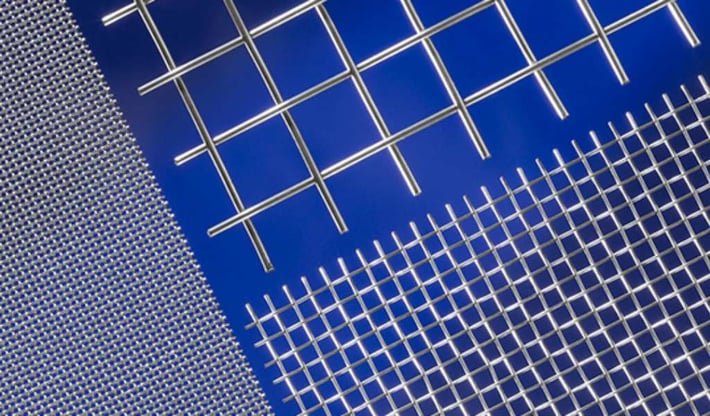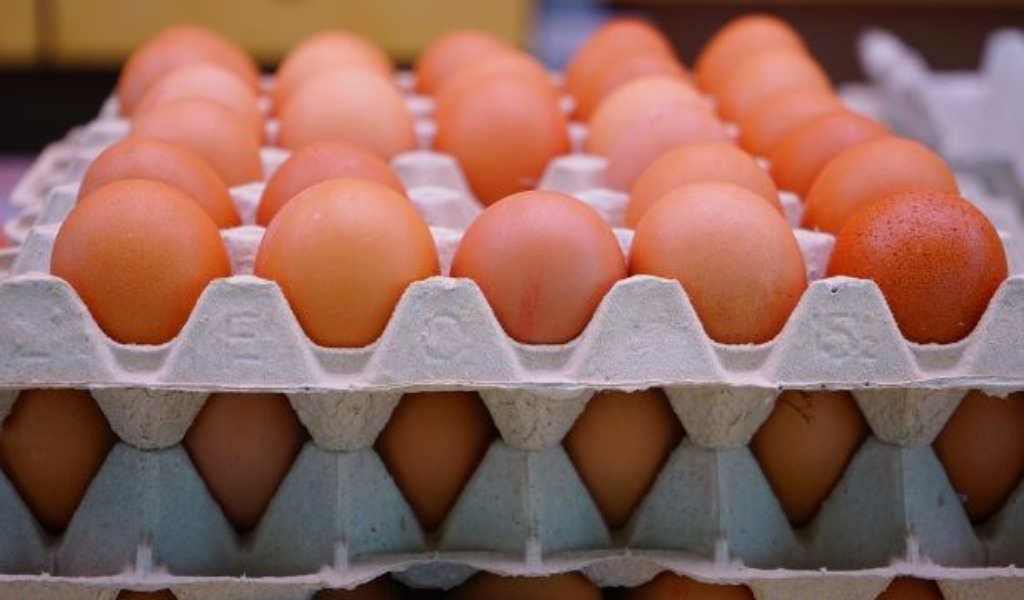Molded Pulp Egg Cartons: Understanding the Impact of Woven Wire Mesh
Eggs are possibly the most widely used products in our kitchens. Whether you are eating them scrambled or making baked goods, eggs are something we rely on daily.
To protect the rather delicate product, egg cartons were created. Originally fabricated from wood and cardboard, manufacturers discovered that molded pulp fiber could be used, reducing cost and helping fulfill green initiatives.
Now, to produce egg cartons with the quality needed to deliver proper protection, materials such as woven wire mesh must be used to enhance the manufacturing proces. That said, how exactly does woven wire mesh fit into the world of egg carton production?
W.S. Tyler has helped weave wire mesh into countless industries for over 150 years. We are here to help you understand how you can leverage its many beneficial qualities to gain a renewed sense of confidence in the products you deliver.
For this reason, we wrote the following article to provide insight into the ways woven wire mesh is used in a production line responsible for manufacturing molded pulp egg cartons. You will learn:
- What the egg carton production process
- The definition of woven wire mesh
- How woven wire mesh fits into the egg carton
- How much woven wire mesh costs
How Are Egg Cartons Made?
The production of egg cartons starts with taking recycled paper and egg cartons that did not pass quality control and placing them in a puler. A pulper is a machine designed to submerge various paper products in hot water while grinding them down, forming a pulp slurry.
Once the slurry is formed, it is filtered as it leaves the pulper. This filter removes debris such as glue, staples, and other contaminants that stick to the paper.
The slurry is then transferred to large tanks.
Molds affixed to a vacuum system are dipped into the slurry, forcing the slurry to take the shape of the mold. At this point, the formed pulp is fed through an oven to dry and create a more stable bond between the fiber of the pulp.
Finally, the finished egg cartons are stacked, compressed, and packaged for shipment.
What Is Woven Wire Mesh?
Woven wire mesh is a metal cloth often used for screening and filtration applications. Specialized looms apply a centuries-old weaving process to a pre-determined amount of metal wires, forming various patterns that feature rigid, precise pore openings.

Prior to weaving, parameters such as wire diameter, alloy, mesh count, aperture size, and weave pattern are calculated in accordance with your needs. You can also apply value-added services such as heat treatment, deep drawing, and calendering to further enhance the performance of the mesh.
How Does Woven Wire Mesh Benefit the Production of Egg Cartons?
As stated above, metal molds attached to vacuums must be dipped into the pulp slurry to accurately form the egg cartons. The molds are typically lined with a stainless steel woven wire mesh that is pressed to take on the form of the master mold.
Wire mesh is put in place to ensure the vacuum pressure and heat the molds subject to the pulp is uniform. The durability and rigidity of wire mesh allow manufacturers to use the same mold for up to eight weeks.
Explaining this further, the wire mesh molds are constantly subjected to variating pressure and temperatures when forming the egg cartons. The stainless steel composition, in addition to having the mesh heat treated, allows it to withstand these conditions and deliver desirable results.
How Much Does Woven Wire Mesh Cost?
When it comes to egg cartoon production, woven wire mesh is often purchased in either rolls or cut-to-size pieces. This allows manufacturers to produce their own wire mesh molds in-house.
When purchasing wire mesh rolls or cut-to-size pieces, the following factors will determine the cost:
- Dimensions
- Quantity
- Mesh specifications
- Compliance requirements
- Value-added service requirements
- Material market
If you are unable to press your own wire mesh molds in-house, you can have a mesh supplier do it for you. That said, this will require you to send your molding dyes to the mesh supplier.
When purchasing pre-pressed wire mesh molds, the following factors will determine the cost:
- Dimensions
- Quantity
- Mesh specifications
- Compliance requirements
- Value-added service requirements
- Material market
- External fabrication requirements
- Labor
High-Quality Molded Pulp Fiber Package Starts With a Mesh Count That Works
Molded pulp egg cartons are designed to keep eggs safe as they await consumer purchase while remaining eco-friendly. By using woven wire mesh to line their carton molds, egg carton manufacturers are able to achieve uniform vacuum pressure and heat distribution during the forming process.
But implementing woven wire mesh requires you to calculate and fine-tune a mesh count suitable for the fibers you work with. This is a critical step as the mesh count is responsible for achieving maximum dewatering properties while maintaining the pulp density to produce a product that meets consumer quality expectations.
As we have been in the wire weaving business for over 150 years, W.S. Tyler wants you to feel supported in your wire mesh endeavor so you can spend less time worrying about your mesh and more time improving other aspects of your process.
To learn everything you need to know about selecting a mesh count that will provide the best possible results, read the following article:
About Ronnie Brown
Ronnie is the Content Writer for W.S. Tyler and has four years of experience as a professional writer. He strives to expand his knowledge on all things particle analysis and woven wire mesh to leverage his exceptional writing and graphic design skills, creating a one-of-a-kind experience for customers.




